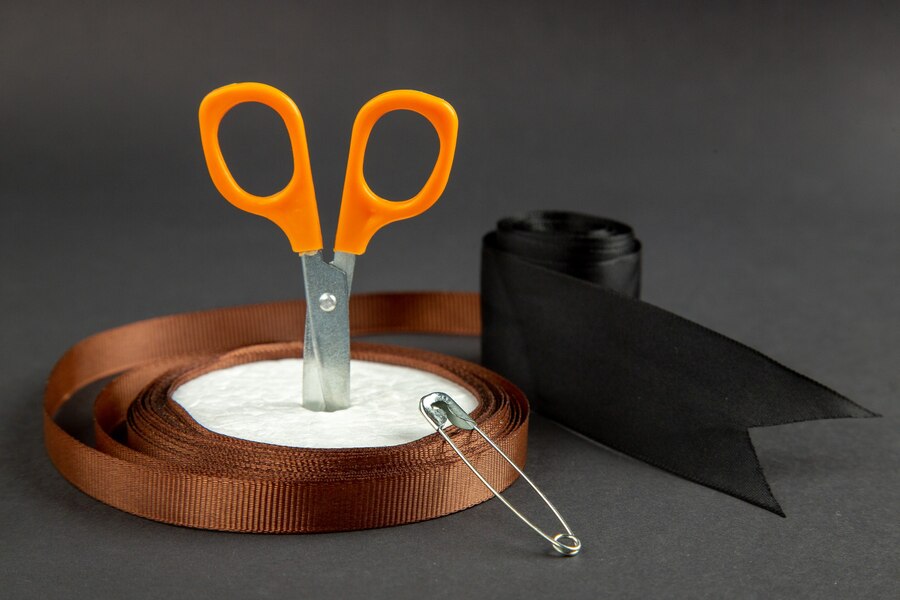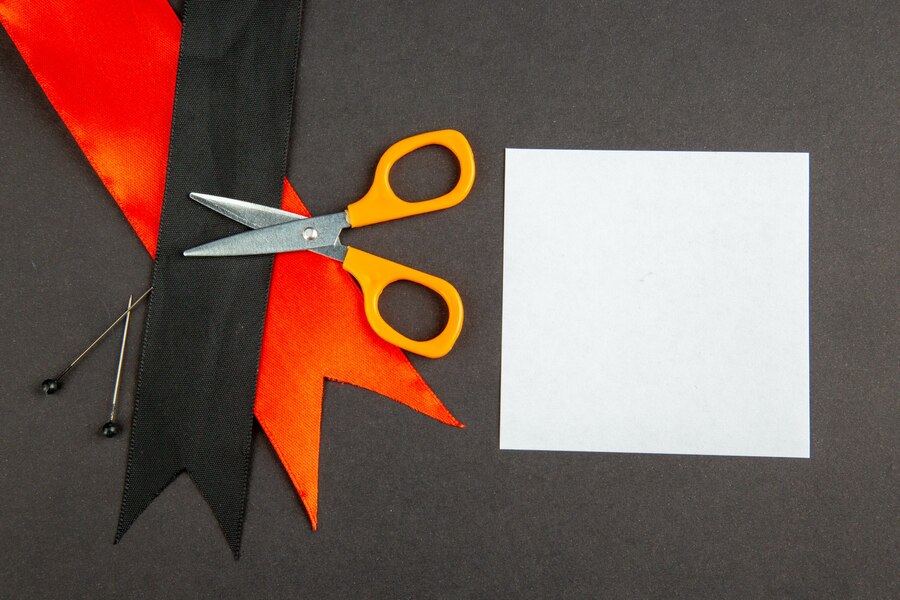Think about the number of times you’ve reached for a pair of scissors today. From opening packages to cutting threads, scissors are a fundamental tool in our daily lives. But have you ever wondered about their origin or the variety that exists beyond the common household pair? Let’s dive into the fascinating world of scissors and discover how this simple tool has evolved and diversified.
General-Purpose Scissors
These are the most common type of scissors found in almost every household. They are versatile and can be used for a wide range of tasks, from cutting paper to trimming light fabrics.
Sewing and Crafting Scissors
Sewing scissors are designed for precision cutting of fabrics. They often feature sharp, pointed blades for detailed work. Crafting scissors, on the other hand, might have decorative edges for special effects on paper.
Medical Scissors
Used in the medical field, these scissors come in various forms such as bandage scissors and surgical scissors. They are made from high-quality stainless steel to ensure they can be sterilized and used safely in medical environments.
Kitchen Scissors
These are robust and often feature additional functionalities like bottle openers or nutcrackers. They are essential for cutting through tough materials like poultry bones or herb stems.
Hairdressing Scissors
Precision is key for hairdressing scissors. They are designed to cut hair smoothly without causing split ends. These scissors come in various types, such as thinning shears and texturizing scissors, each serving a specific purpose in hairstyling.
Gardening Scissors
Gardeners use these scissors for pruning plants and flowers. They are typically more robust to handle the tough stems and branches found in a garden setting.
Blades
The blades are the most crucial part of the scissors. They can be straight or serrated, depending on the intended use. For instance, serrated blades are ideal for cutting slippery materials.
Handles
Handles come in various designs to provide comfort and control. Ergonomic handles are specially designed to reduce hand fatigue during prolonged use.
Types of Steel Used
Scissors are usually made from stainless steel or carbon steel. Stainless steel is rust-resistant, making it ideal for kitchen and medical scissors. Carbon steel, on the other hand, is extremely durable and holds a sharp edge longer, which is perfect for hairdressing and crafting scissors.
How to Choose the Right Scissors
Choosing the right pair of scissors can significantly impact the efficiency and comfort of your work.
Purpose
First, consider what you will be using the scissors for. General-purpose scissors are versatile, but for specialized tasks, such as cutting fabric or hair, you should opt for the respective specialty scissors.
Comfort and Ergonomics
Comfort is key, especially if you’ll be using the scissors for extended periods. Look for ergonomic handles that fit well in your hand and reduce strain.
Blade Type and Sharpness
For detailed work, sharp and pointed blades are essential. If you need to cut tough materials, look for scissors with serrated blades to prevent slipping.
Cleaning
Regular cleaning is essential to maintain the performance of your scissors. Wipe them down after each use to remove any residue.
Sharpening
Keep your scissors sharp by regularly honing the blades. You can use a sharpening stone or a professional sharpening service.
Storage Tips
Store your scissors in a dry place to prevent rust. If they come with a protective cover, use it to keep the blades safe from damage.
Record-Breaking Scissors
The largest pair of scissors ever made was 9 feet long and was displayed at a scissors convention in Pakistan. Imagine trying to use those in your kitchen!
Scissors in Popular Culture

Scissors have made their mark in various films and TV shows. From the iconic scissorhands of Edward in “Edward Scissorhands” to the suspenseful use of scissors in thrillers, this tool has a prominent place in pop culture.
Conclusion
Scissors are an indispensable tool in our everyday lives, with specialized versions enhancing their functionality in various fields. Whether you’re a gardener, a chef, a hairdresser, or just someone who enjoys crafting, there’s a perfect pair of scissors out there for you. By choosing the right type and maintaining them well, you can ensure they serve you effectively for years to come.
FAQs
How do I sharpen my scissors at home?
You can sharpen your scissors at home using a sharpening stone. Simply run the blade against the stone at a 20-degree angle several times. Alternatively, you can use aluminum foil; fold it several times and cut through it with the scissors to sharpen the blades.
What are the best scissors for left-handed people?
There are specially designed scissors for left-handed users. These scissors have the blades reversed to allow for better visibility and control when cutting.
Can I use the same scissors for different tasks?
While you can use general-purpose scissors for various tasks, it’s best to have dedicated scissors for specific jobs. Using the same pair for different materials can dull the blades quickly and reduce their efficiency.
How often should I replace my scissors?
With proper maintenance, scissors can last for many years. However, if you notice the blades are no longer sharp or if the scissors are damaged, it may be time to replace them.
Are there eco-friendly scissors available?
Yes, there are eco-friendly scissors made from recycled materials and sustainable manufacturing processes. Look for brands that prioritize environmental sustainability.
